Researchers Say 5000-year-old Metal Tubes May’ve Been Used As Straws For Drinking
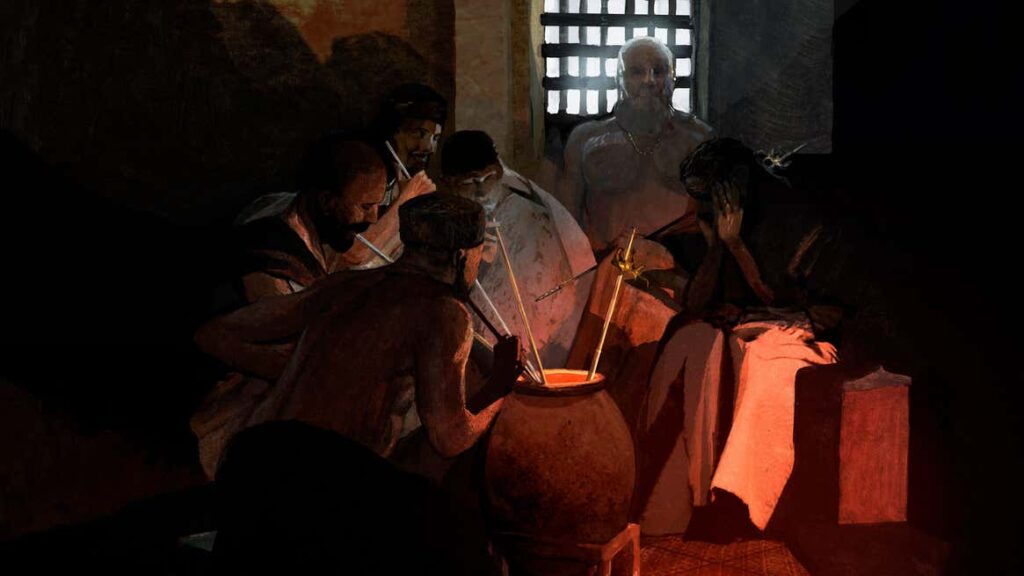
A set of gold and silver tubes found 125 years ago in the northern Caucasus are likely drinking straws, not sceptres, according to a re-analysis of the ancient artefacts.
Russian archaeologist Nikolai Veselovsky uncovered the items in 1897 at the Maikop Kurgan burial mound in the northern Caucasus. This is a Bronze Age site of great significance, as it was found to contain three skeletons and hundreds of objects, including beads of semi-precious stone and gold, ceramic vessels, metal cups, and weapons.
The 4th millennia BCE mound dates back to the Maikop Early Bronze Age Culture (3700 to 2900 BCE), which were named after the burial site.
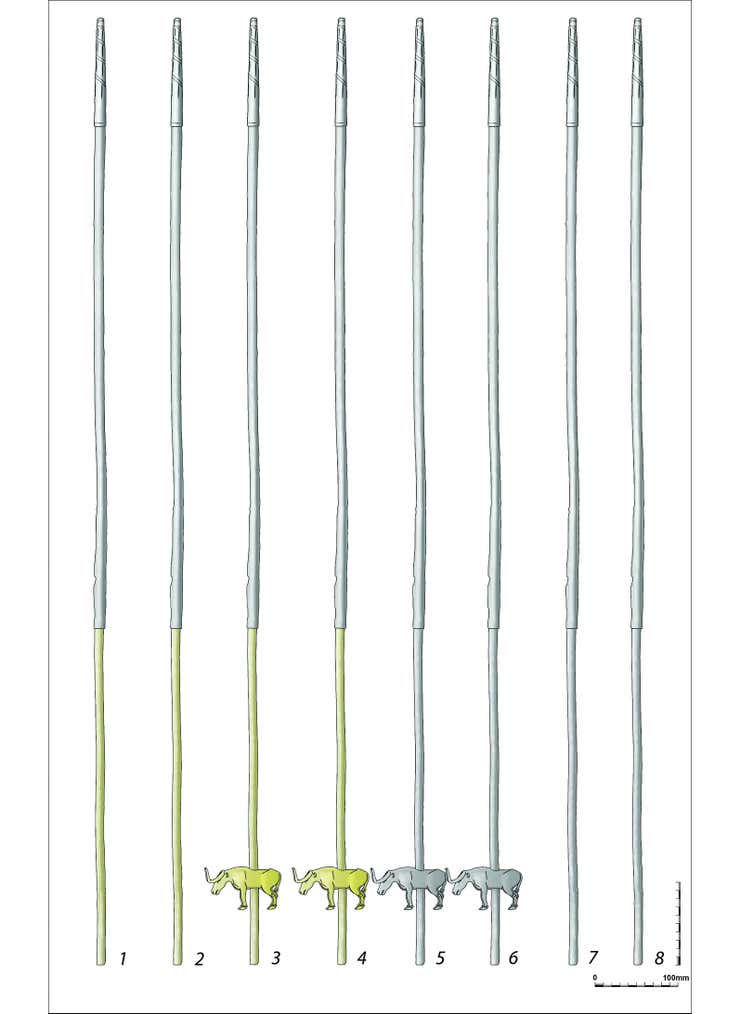
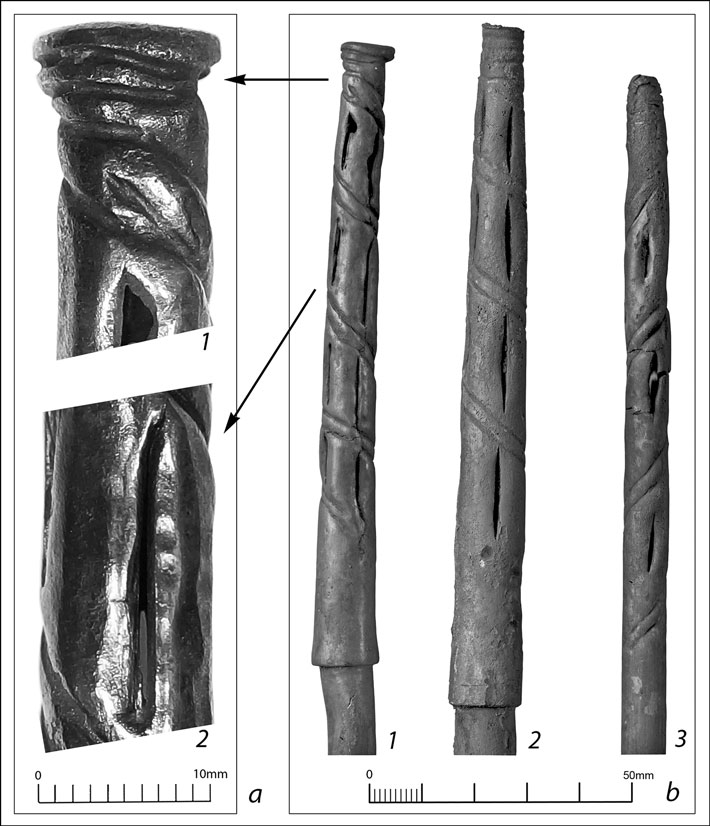
It was among these many objects that Veselovsky found eight long, thin tubes—burial goods carefully and deliberately placed to the right-hand side of a high-ranking individual found buried in ornate clothing.
The tubes, made from gold and silver, measured over 3 feet (1 meter) in length, four of which were decorated with a small gold or silver bull figurine. The items were eventually relocated to the Hermitage Museum in St Petersburg, Russia, where they’re kept to this day.
In his accounting of the ancient relics, Veselovsky referred to the tubes as “scepters”—a reasonable guess, given the apparent status of the buried individual and the oh-so-careful positioning of the items. That these 5,000-year-old objects were used as scepters (i.e. wands or staffs held by ruling monarchs) seemed plausible, but new research published in Antiquity is now questioning this interpretation, arguing instead that the items were drinking straws.
Should this interpretation be correct, “these fancy devices would be the earliest surviving drinking straws to date,” Viktor Trifonov, an archaeologist at the Russian Academy of Sciences in St. Petersburg and a co-author of the new paper, said in a press release.
Of critical importance to the reanalysis was the detection of barley granules inside one of the straws, in addition to cereal phytoliths (fossilized particles of plant tissue) and pollen grains from a lime tree.
This was taken as direct evidence that the tubes were used for drinking. And because traces of barley were found, the scientists say the beverage in question was likely beer.
It’s not a stretch to suggest that Bronze Age Maikop people consumed fermented barley. The practise dates back some 13,000 years to the Natufian period, while large-scale brewing operations began to appear in Asia during the 5th and 4th millennia BCE.
The notion that Maikop households were drinking barley beer flavoured with herbs and lime flowers is entirely plausible, but as the researchers point out, they “cannot prove conclusively the presence of a fermented beverage,” so “results should therefore be treated with caution, as further analyses are needed.”
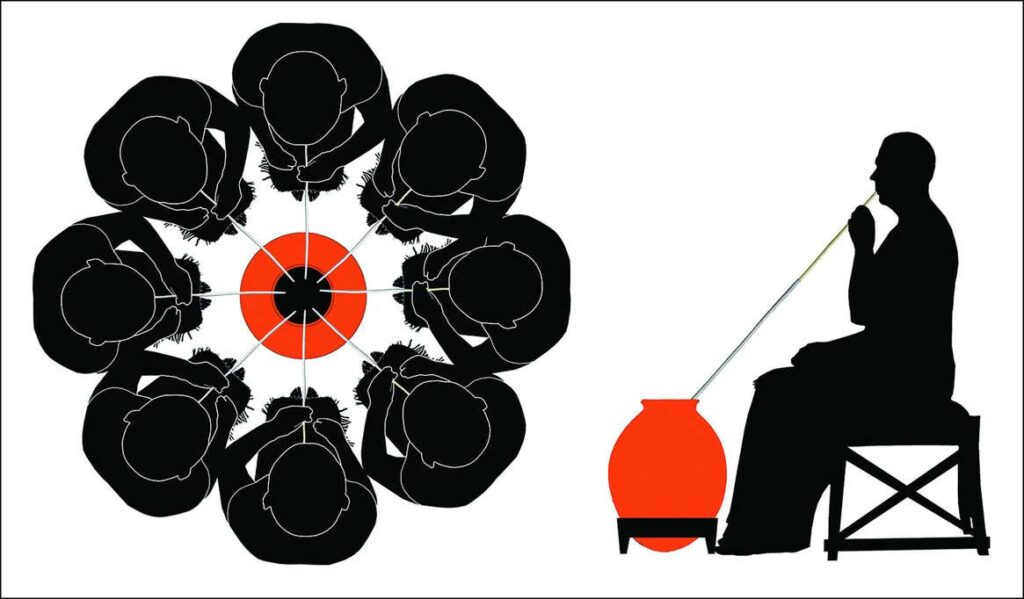
Importantly, the tips of the Maikop straws were equipped with metal strainers, which likely performed the function of filtering out impurities—a common feature of ancient beer.
The scientists hypothesize that the drinking tubes, with straw-tip strainers, were “designed for sipping a type of beverage that required filtration during consumption,” and that this was done as a communal activity. A large vessel found at Maikop Kurgan would’ve been capable of holding seven pints for eight drinkers, the scientists say.
The straw-tip strainers found at Maikop Kurgan bear a striking resemblance to those found on Sumerian drinking straws. Ancient Sumerians of the 3rd millennium BCE are known to have sipped beer from communal vessels, as evidenced by archaeological artefacts and artworks depicting the practice.
As for the oldest evidence of drinking straws, that dates back to the 5th and 4th millennia BCE, as evidenced by artwork found in northern Iraq and western Iran.
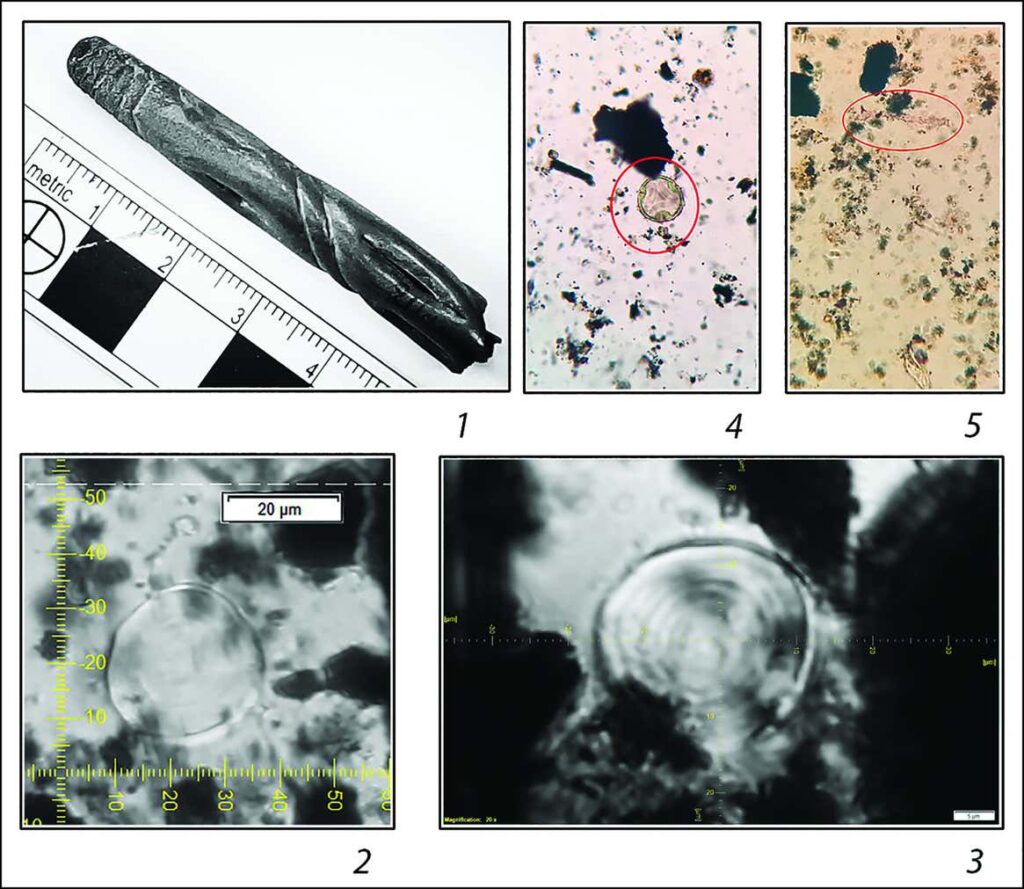
The Maikop straws—if that’s indeed what they are—are special in that they’re the oldest surviving drinking straws in the archaeological record, but they appear to have originated in the Middle East, hundreds of miles away from the northern Caucasus. The presence of drinking straws so far away suggests this practice had spread to the surrounding areas.
“The finds contribute to a better understanding of the ritual banquets’ early beginnings and drinking culture in hierarchical societies,” Trifonov said. “Such practices must have been important and popular enough to spread between the two regions.”
Indeed, the presence of drinking straws in the Maikop Kurgan hint at cultural and economic ties between the regions. What’s more, the scientists say a “taste for Sumerian luxury and commensality” had emerged in the Caucasus by the fourth millennium BCE, and that the drinking straws would go on to carry significant symbolic importance given their use as funerary items for elite individuals.
As this and other archaeological finds have shown, drinking is fun, but it’s even better—and more socially useful—when performed in the company of others.





